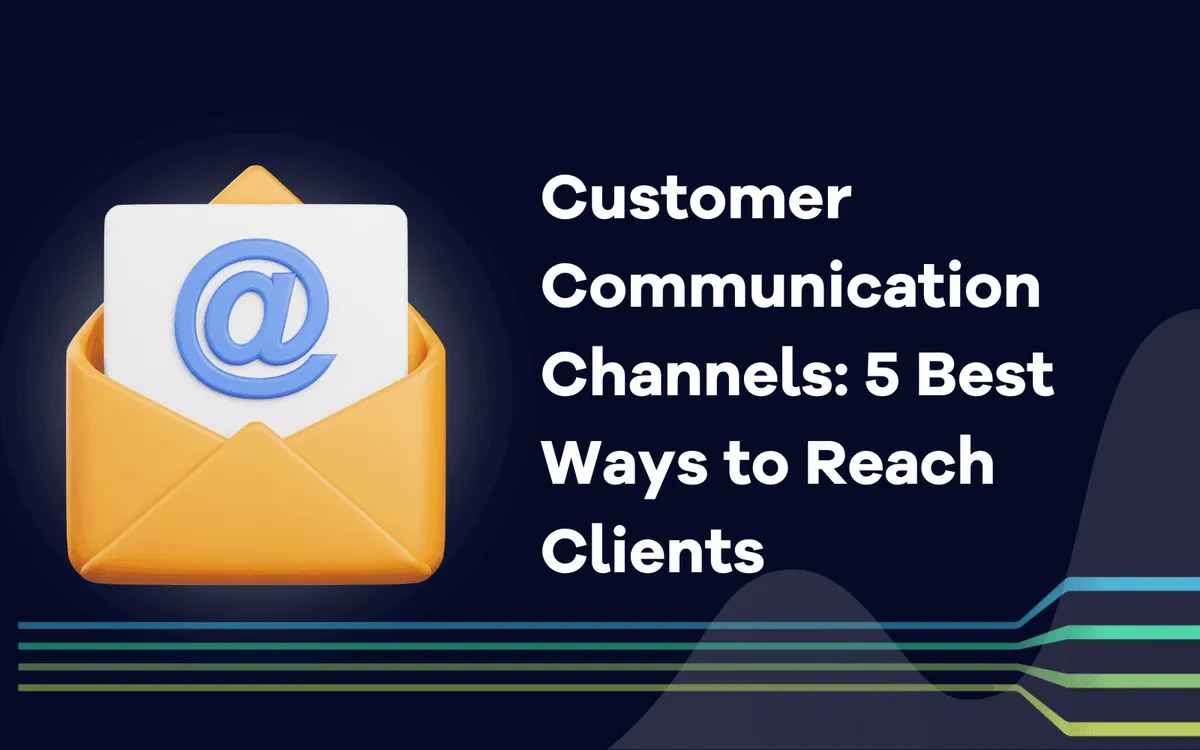
Customer Communication Channels: 5 Best Ways to Reach Clients

Erik Emanuelli
February 16, 2024
Discover the top 5 customer communication channels to effectively reach and engage clients. Explore various methods for seamless interaction, enhancing customer satisfaction and building lasting relationships.
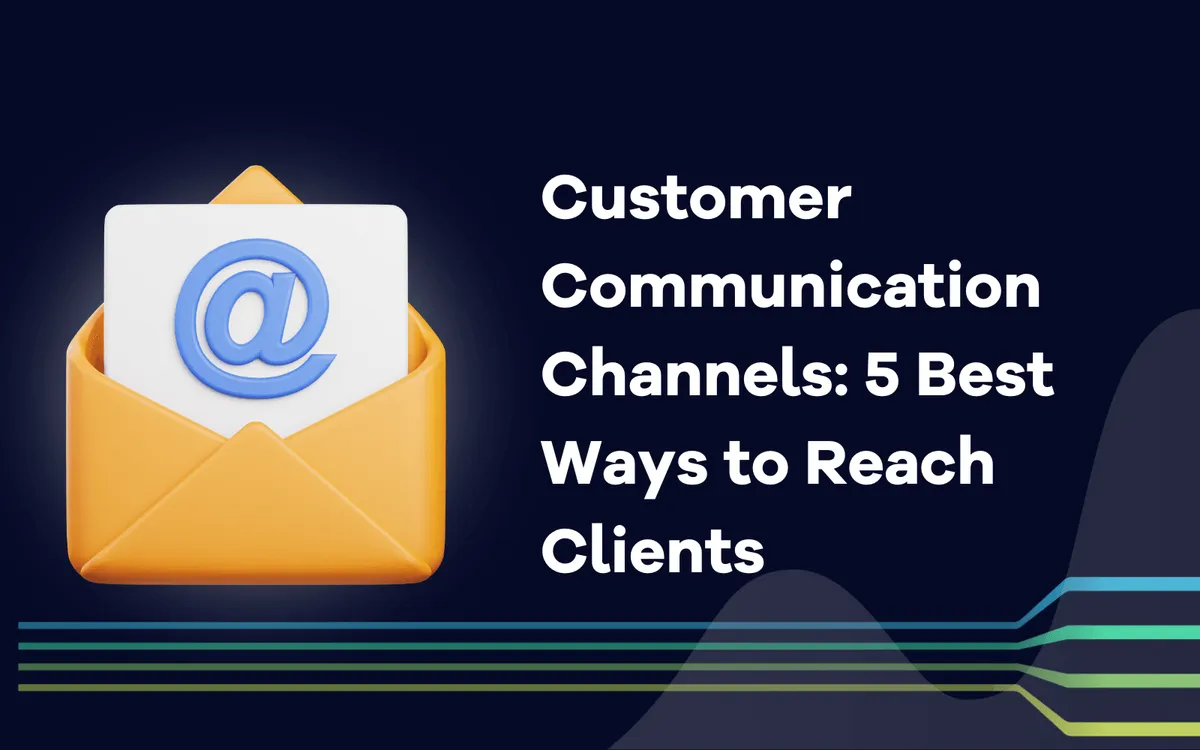
An effective customer communication strategy is one of the most important aspects for businesses today. It enables a company to connect with its clients, understand their needs, and engage them in a meaningful way. It also helps in building brand loyalty, increasing customer retention, and driving sales.
As business owners, service managers, and marketers, we are charged with a critical task: finding the delicate balance between adopting the newest tech while preserving the timeless grace and efficacy of traditional methods.
This article will explore how to leverage these channels to create a robust communication strategy that resonates with your audience and propels your business forward.
What Is Customer Communication?
Customer communication is the exchange of information and messages between a company and its customers. It involves all forms of interaction, both verbal and written, to build strong relationships and meet customer needs.
There are various channels through which customer communication can take place, such as phone calls, emails, social media platforms, chatbots, and face-to-face interactions. Each channel has its unique characteristics and should be utilized according to the preferences of your target audience.
Importance of an Effective Customer Communication Strategy
A well-executed customer communication strategy can have a significant impact on the success of a business. Here are some reasons why it is crucial to prioritize this aspect:
Builds Brand Loyalty: When clients feel valued and understood by a company, they are more likely to remain loyal. Good communication shows that a company cares about its customers and is invested in their satisfaction.
Enhances Customer Retention: Effective communication can help address any issues or concerns quickly, leading to better retention rates. It also allows for valuable feedback to improve products and services.
Drives Sales: By engaging with customers and providing them with relevant information, a company can influence their purchasing decisions and ultimately increase sales.
Improves Reputation: Positive interactions with clients can improve a company's reputation and attract new leads through word-of-mouth recommendations.
Creating an Effective Customer Communication Strategy
Here are some steps to help you develop a successful customer communication strategy for your business,
Understand Your Audience
The first step in creating an effective customer communication strategy is to understand your target audience. This includes their demographics, preferences, and behavior patterns. By understanding their needs and preferences, you can tailor your communication approach to best suit them.
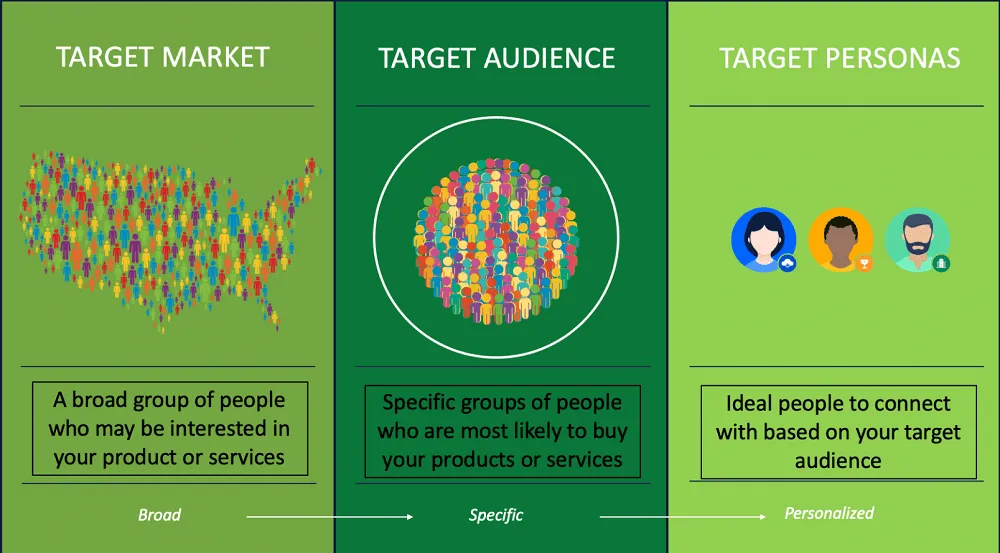
Source: Searchenginejournal
Choose the Right Channels
As mentioned earlier, there are various channels through which you can communicate with your customers. It is essential to choose the right ones that are most effective for reaching your specific audience. This can include email, social media, phone calls, or even in-person communication.
Personalize Your Messages
Personalization is key. By addressing customers by their names and tailoring your messages to their interests and needs, you can create a more meaningful connection with them.
Be Consistent
Consistency is crucial in maintaining effective communication with customers. This includes using the same tone, branding, and messaging across all channels to create a cohesive experience for your customers.
Use a Variety of Content Types
Different customers engage with different types of content. Some may prefer text-based messages, while others may respond better to visual content. It is essential to use a variety of content types, such as videos, images, and written messages, to cater to the diverse preferences of your audience.
Encourage Feedback
Customer feedback is vital in improving your communication strategy. Encourage clients to provide feedback through surveys or social media polls. This not only helps you understand their needs better but also shows that you value their opinions.
Respond Promptly
In today's fast-paced world, customers expect quick responses to their inquiries and concerns. It is crucial to respond promptly to customer messages and address any issues they may have promptly. This not only shows that you value their time but also helps build trust and loyalty with your brand.
Personalize Your Responses
When responding to customer inquiries or concerns, avoid using generic, automated responses. Instead, personalize your responses by addressing the specific issue and offering a solution that caters to their needs. This shows that you value each customer individually and are willing to go the extra mile to satisfy their needs.
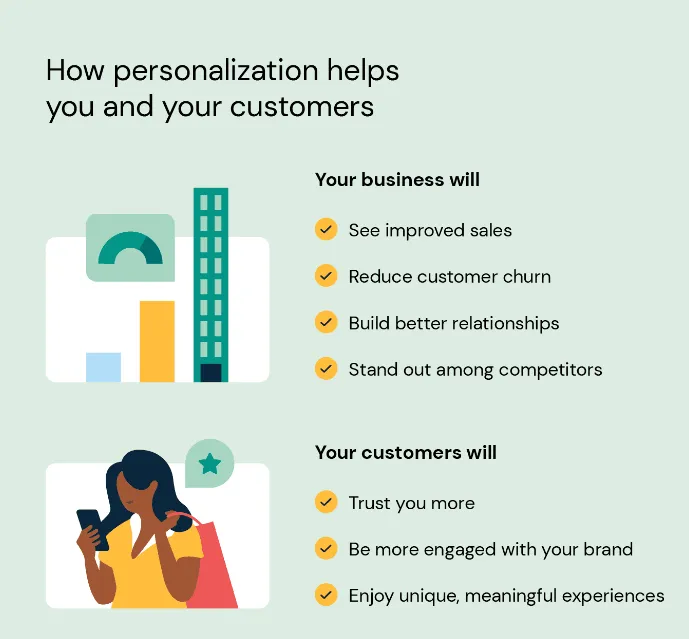 Source: Sinch
Source: SinchUsing Diverse Communication Channels
Clear, open communication lies at the heart of exceptional customer service. But as the digital age continues to transform how we connect with customers, the definition of 'good communication' is constantly evolving.
For the savvy business, a diverse range of communication channels is crucial.
Customers, after all, are individuals with unique preferences. While one client may dislike extended phone calls, another might find them charming and reassuring.
By understanding and utilizing a spectrum of communication channels, businesses can cater to the diverse communication needs of their client base.
#1. In-Person Interactions: A Timeless Touchpoint
Despite the meteoric rise of digital communication, nothing can replace the warmth and authenticity of face-to-face interactions. In a service encounter, customers are not just looking for resolutions to problems; they want to feel heard and understood. An attentive in-person conversation can imbue your customer service with an emotional resonance that lingers long after the transaction is over.
In pandering to clients who value the personal touch, businesses need to ensure that their in-person customer service is second to none. Staff should be knowledgeable, courteous, and empathetic, equipped with the tools and the time to engage with clients fully.
#2. Phone: The Old Reliable
While the phone may be a relic to some of the younger, digitally native demographics, it is still the backbone of customer service for millions of people. Unlike other mediums, conversations over the phone are synchronous, immediate, and intimately human.
Companies that invest in their phone support, with minimal wait times and well-trained staff, find that they can mitigate complex issues in real-time, sometimes even turning disgruntled customers into brand loyalists.
#3. Email: The Professional Channel
Email is perhaps the most professional and expected form of business communication. With tools for archiving and searching, it's also one of the most efficient for ongoing support and issue tracking. Businesses need to be mindful, however, to balance the need for professionalism with personal touches—generic auto-replies and responses can erode the client's sense of being valued as an individual.
#4. Chat and Messaging: The Modern Convenience
Especially popular with younger demographics, live chat, and messaging applications offer a middle ground between the immediacy of a phone call and the asynchrony of email. Many customers appreciate the convenience of multitasking while chatting with a service representative. This channel also allows for quicker resolutions to simple problems and opportunities to upsell or cross-sell products in a less invasive way.
The challenge with chat and messaging is to staff adequately for peak times while maintaining quick response times. Automated chatbots like WhatsApp automation can assist with immediate queries, but knowing when to hand over to a human is crucial for complex or emotionally charged issues.
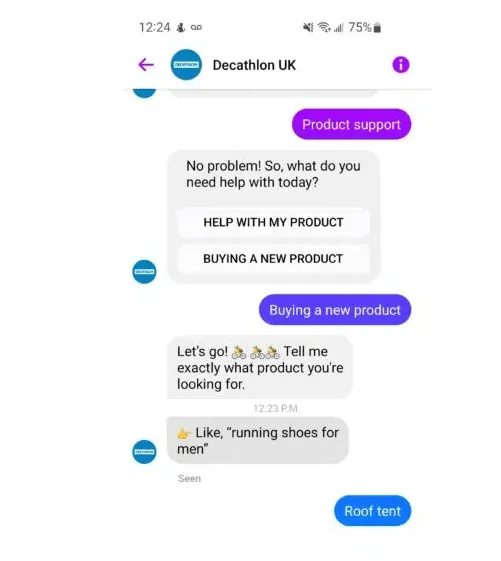
Source: Hootsuite
#5. Social Media and Community Forums: The Public Stage
Social media and community forums provide a unique space for customers to voice their experiences, both positive and negative. Public engagement in this sphere is, therefore, a double-edged sword: a well-handled complaint can showcase a company's dedication to customer satisfaction, while a mishandled one can escalate quickly and irreparably stain a brand's reputation.
Businesses that monitor these platforms with an active social listening strategy can catch issues early and respond proactively.
Crafting a Unified Customer Contact Strategy
A modern business must see these communication channels not as separate entities, but as part of a comprehensive customer contact strategy. Here are a few tips for businesses looking to integrate these five channels effectively:
Understand Your Customer's Preferences
Utilize customer data to understand which channels your clients prefer and when they're most likely to use them.
Train and Empower Your Staff
Ensure your customer-facing staff are well-versed in all channels and know how to handle them effectively and efficiently with the assistance of robust coaching management software.
Be Consistent Across Channels
Customers should receive the same quality of service, regardless of the channel they choose to use. This includes response times, issue resolution methods, and tone.
Keep an Open Line
Encourage customers to share feedback on your communication channels. This will help you identify bottlenecks or areas for improvement in your strategy.
By adopting a thoughtful and adaptable approach to customer communication, businesses can build trust, loyalty, and satisfaction. No single channel can do it all, but by mastering the art of the multichannel customer relationship, businesses can remain both relevant and responsive in an ever-shifting landscape.
Final Words
In conclusion, effective multichannel communication is crucial for businesses to succeed in today's competitive market. By following these tips and continuously improving their approach, businesses can build strong relationships with their customers and stay ahead of the curve in an ever-evolving digital landscape. Remember to always put the customer first and tailor your communication strategy to their preferences and needs.
Related blog posts
The Hidden Flaws in Search Volumes and How to Solve Them
Learn how AI Search Volume delivers reliable search volumes by combining GKP, GSC, and Trends so that you can prioritize the right keywords.
1 July 2025
AI Overviews Are Taking Over SERPs
From traffic drops to decreasing CTRs, AI Overviews are shaking up SEO. Learn what is happening and how AccuRanker helps you track AIO.
25 June 2025
How AccuRanker’s AI Models Fix Inaccurate SEO Data
Struggling with unreliable SEO data? Discover how AccuRanker’s CTR, Search Intent, Search Volume, and Share of Voice deliver accurate insights.
1 June 2025




